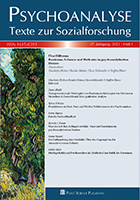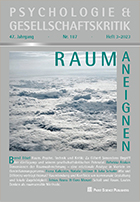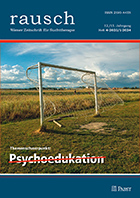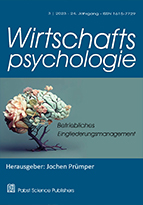Among the 11 papers, two papers studied automated scoring of both essays and short-answer questions. Ji YoonChristopher Jung et al. focused on using artificial neural networks for automated scoring of constructed-response items. Christopher Michael Ormerod explored the feature-based interpretability in the developed automated essay scorer using the DeBERTa models.
Five papers focused on cheating detection. Guher Gorgun and Okan Bulut utilized anomaly detection methods to identify aberrant item responses in intelligent tutoring systems. They explored six unsupervised anomaly detection methods. Yiqin Pan et al. proposed a new approach to detect item compromise and preknowledge in computerized adaptive testing built upon the ensemble learning idea.
Todd Zhou and Hong Jiao explored data augmentation using anomaly detection methods in cheating detection. Steven Tang et al explored the LSTM in detecting atypical test taking behaviors. Duanli Yan et al explored the LSTM in detecting atypical test-taking behaviors. Yan et al investigated detection of GPT-3 generative answers in large-scale high-stakes test. StevenTang and Zhen Li demonstrated how to use XGBoost models with SHAP credit assignment to calculate student growth percentile, an index often used to track student growth in state accountability system.
Jiyun Zu et al. presented automated distractor generation for Fill-in-the-Blank vocabulary items using generative AI. The study by He et al. developed two machine learning models: random forest and SVM based multiclass hierarchical classification approaches to predicting problem-solving proficiency levels using process data. Yusuf Kara et al. explored prediction of oral reading fluency scores using between-word silence times using NLP and random forest algorithm. Model selection for latent Dirichlet allocation in analyzing assessment data was investigated by Constanza Mardones-Segovia et al.
























